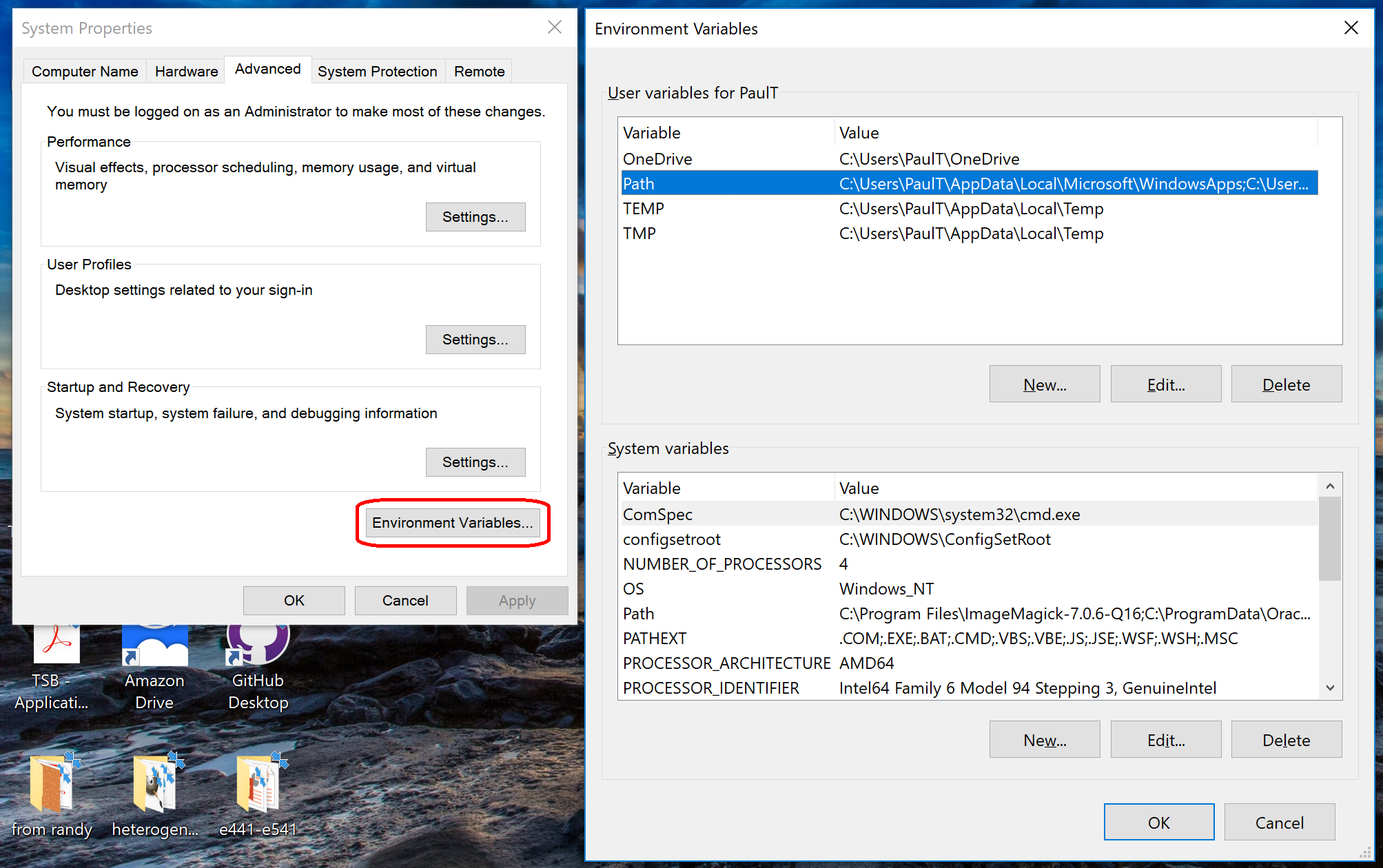

- #Mingw for windows 10 .exe#
- #Mingw for windows 10 install#
- #Mingw for windows 10 generator#
- #Mingw for windows 10 update#
- #Mingw for windows 10 upgrade#

Third, use cmake to generate OpenCV Makefileĭownload the CMAKE of the corresponding platform and install, download the address: cmakeĭownload the OpenCV installation file, here I download it is opencv-4.0.1-vc14_vc15.exe, download link: opencv

Specific steps Refer to the following.ĭownload the corresponding version of the offline package, download address: x86_64-8.1.0-release-posix-seh-rt_v6-rev0.7zĮxtract files to any path, I am directly putting C:\ Under contents Ĭonfigure environment variables, X:\mingw64\bin( X Add to the environment variable for the extraction directory path In the variable, then open the command line actuator input gcc -vIf the corresponding version number appears, the configuration is successful.
#Mingw for windows 10 .exe#
exe The file installation error can be configured to configure MINGW-W64 by departing. Then execute the next step, if this step is wrong Configure through offlineĬonfigure MINGW-W64 offline. Execute the installer as an administrator, select the installation package according to your own environment
#Mingw for windows 10 install#
Second, install MINGW-W64 and configure its environment variables Install by Window installation fileĭownload MINGW-W64, download address: MinGW-w64 - for 32 and 64 bit Windows The included GDB seems to be Python script enabled. Rubenvb, who posted an answer to this question, has good standalone packages (in the personal builds folder) based on this project which include an updated GCC (4.7.2). As far as I can tell, Python scripting is not supported in the GDB that comes with this package.įinally there is the MinGW-w64 project, which is a fork of MinGW. It's worth noting that MinGW-builds includes a Python script enabled version of GDB, in case you want STL pretty printer support, or other GDB Python features.Īnother good choice is TDM-GCC, which is a project that hosts an impressive installer that includes an updated GCC compiler (4.7.1) and support tools. I compiled a few simple projects in Code::Blocks, and the latest wxWidgets source, and everything seems to work. The latest GCC that comes with standard MinGW is currently 4.7.0. Only MinGW has MSYS, so if you need that (I did) copy the msys folder from the original MinGW.Īfter installing MinGW-builds, the result of g++ -version: g++ (Built by MinGW-builds project) 4.7.2 I extracted the files to c:\MinGW (so I could use the same path) after moving my existing MinGW to another folder. The MinGW-builds project provides a package similar to MinGW but with an updated GCC (4.7.2).
#Mingw for windows 10 update#
I don't know if you can update the GCC in MinGW, but there are alternative projects to MinGW with newer versions of GCC. The only drawback is the included GDB does not include Python scripting, but I think that can be updated separately. I personally will use the MinGW package, since it includes MSYS and other tools, and since it is the defacto standard, I hope that it is better supported. UPDATE: As of Nov-5-2012, MinGW includes 4.7.2 of the GCC compiler, which is the most current version. Snapshots and release builds of the MinGW This will select all of the packages which can be upgraded.įinally, tap Installation -> Apply Changes to apply the upgrades.

This will update the package list.Īfter that, tap Installation -> Mark All Upgrades. When the GUI is open, tap Installation -> Update Catalogue. If you aren't used to the terminal, there is also a GUI version of MinGW called "MinGW Installation Manager", which is normally located at: C:\MinGW\libexec\mingw-get\guimain.exe When the command finishes running, all of your packages will be upgraded.
#Mingw for windows 10 upgrade#
Update the package list: mingw-get updateĪfter updating the package list, run: mingw-get upgrade Run the command prompt/terminal ( cmd or sh).


 0 kommentar(er)
0 kommentar(er)
